Canadians will vote on Monday, April 28, 2025, in a federal election reshaped by U.S. President Donald Trump’s trade war and provocative rhetoric about annexing Canada. Prime Minister Mark Carney’s Liberal Party, once trailing by over 20 points, has surged ahead, capitalizing on national outrage to lead polls at 42% against the Conservative Party’s 38%, led by Pierre Poilievre, according to the Canadian Broadcasting Corporation’s poll aggregator.
The snap election follows Justin Trudeau’s January 6 resignation, which left the Liberals vulnerable until Trump’s tariffs on Canadian steel, aluminum, and energy, coupled with his “51st state” taunts, sparked boycotts and boos at the U.S. anthem during Canadian sporting events. Carney, 60, a former Bank of Canada and Bank of England governor, assumed leadership on March 14, framing himself as the experienced crisis manager to counter Trump. “The U.S. wants to break us, so they can own us,” he said, contrasting his financial expertise with Poilievre’s lack of a robust Trump strategy.
Poilievre, 45, a seasoned MP, has struggled to pivot from his populist “Canada First” campaign, focusing on the Liberals’ decade-long cost-of-living issues. His combative style, once a strength, may be alienating moderates, particularly women, analysts note. A record 7.3 million advance ballots—25% more than in 2021—signal high voter engagement, driven by fears over U.S. relations.
Voters like Montreal’s Nathalie Tremblay emphasize the need for strong leadership, while others, like entrepreneur Simon-Pierre Lepine, favor Conservative economic policies. Political observers, including McGill’s Daniel Beland and analyst Tim Powers, call this one of Canada’s most unpredictable elections, with Trump overshadowing domestic issues. Results, expected Monday night, will shape Canada’s response to its volatile neighbor.

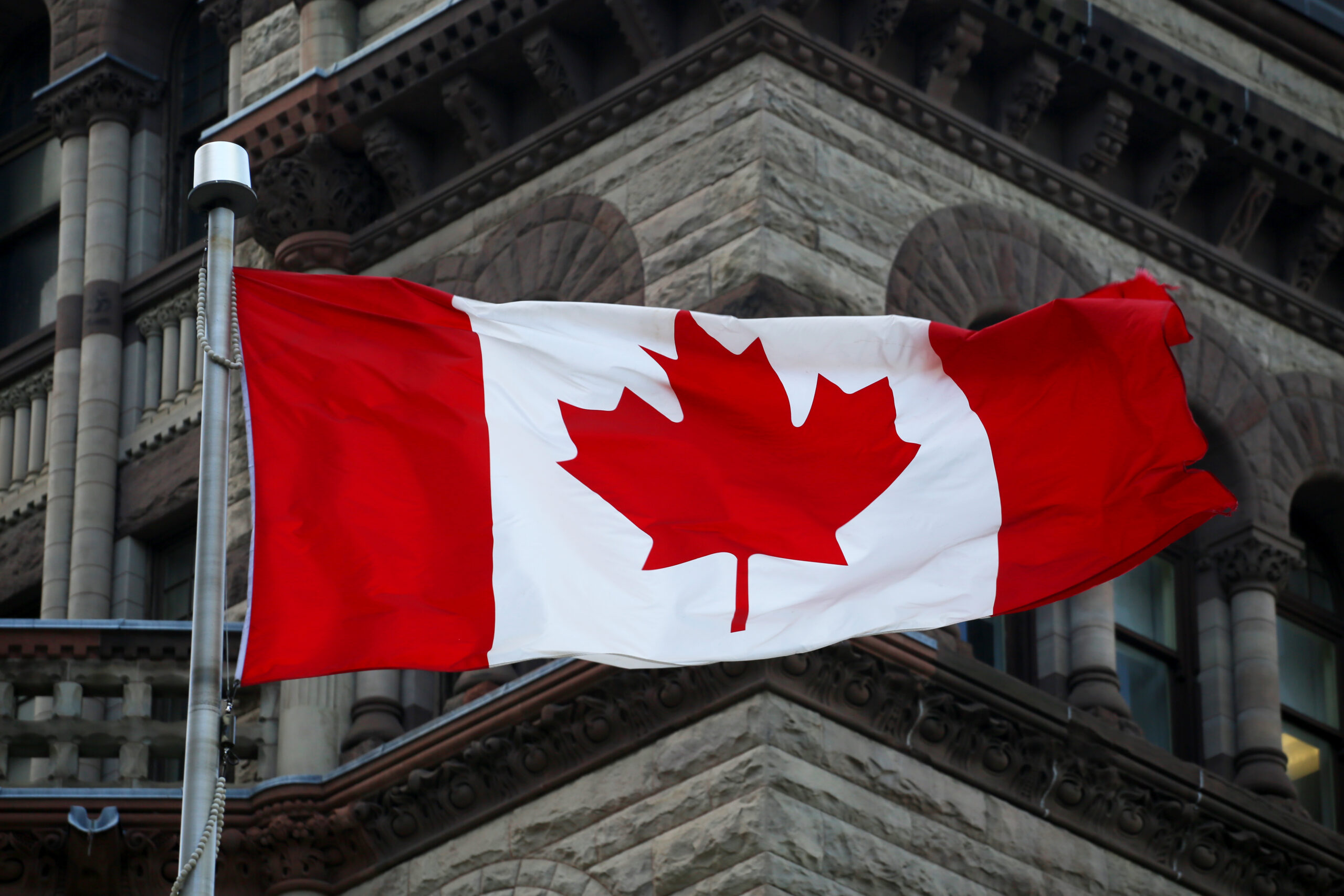

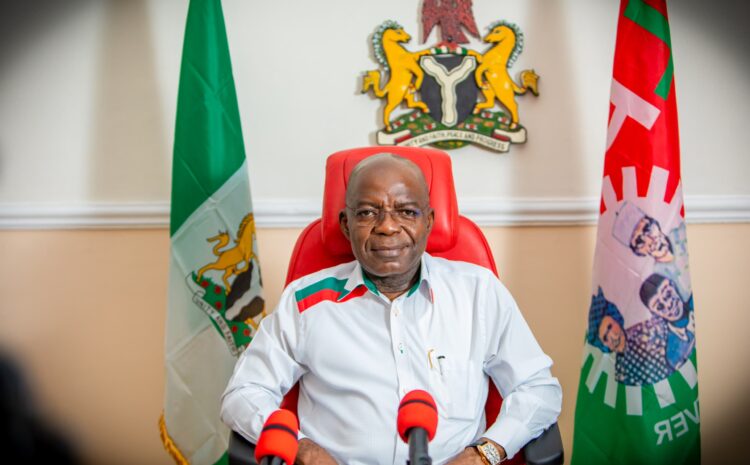





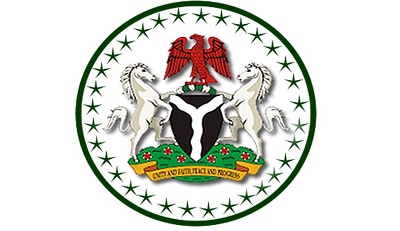
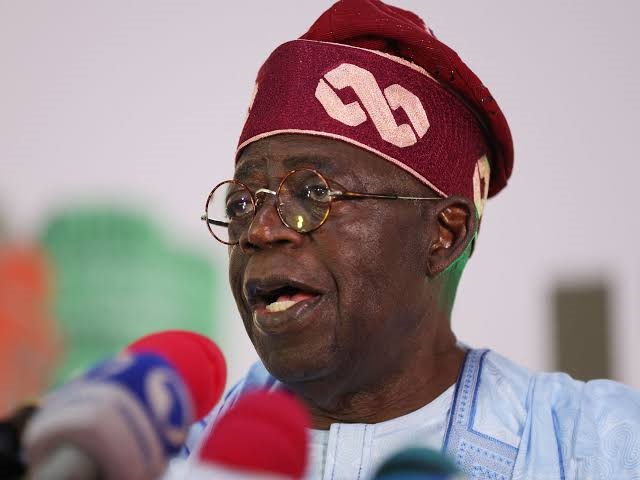
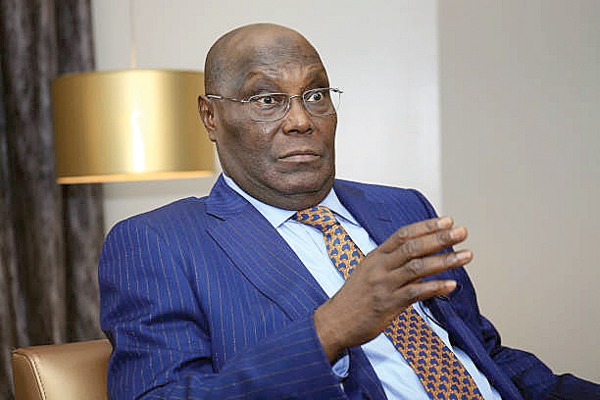
Leave a comment